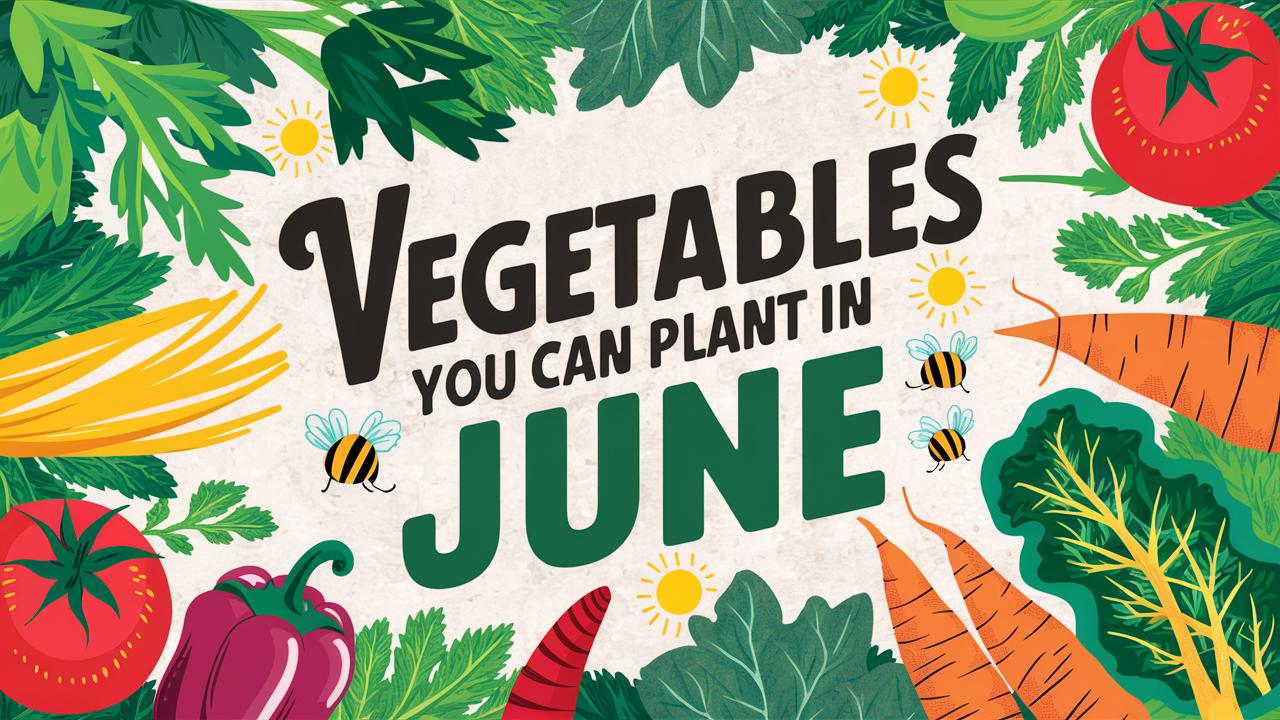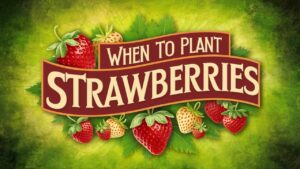In this extensive guide, we’ll explore the various vegetables you can plant in June, from vibrant melons to hearty collard greens. Each section offers insight into the growing requirements, benefits, and flavorful outcomes of incorporating these delightful plants into your garden.
Melons
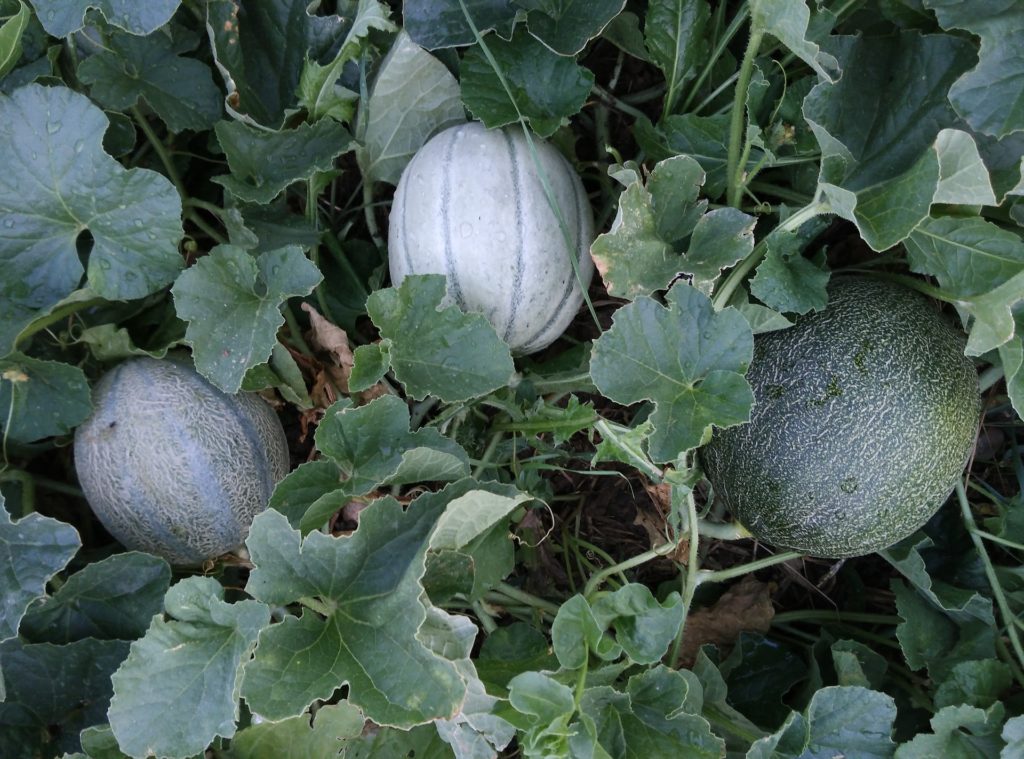
One of the most delightful treats of summer is a sweet, juicy melon. June is an ideal time to sow melons like cantaloupe and watermelon. These warm-season crops thrive in the summer sun, requiring a soil temperature of at least 70°F to germinate.
Growing Tips: Choose a sunny spot with well-draining soil enriched with organic matter. Melons need plenty of room to sprawl, so plant them in mounds or hills spaced three to six feet apart. They enjoy consistent moisture, but be mindful of overwatering, which can lead to rot. As they grow, you may need to provide some support for larger varieties.
Harvesting: Depending on the variety, melons typically take 80 to 90 days to mature. Signs of ripeness include a sweet aroma and a slight give when gently pressed at the blossom end.
Zucchini
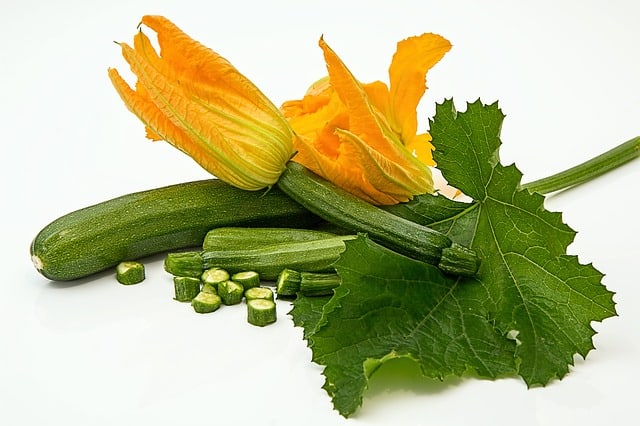
Zucchini is a quintessential summer vegetable that thrives with the warm temperatures of June. This prolific producer can yield an impressive amount of fruit, perfect for a multitude of dishes from salads to stir-fries.
Growing Tips: Plant zucchini in well-draining soil that has been enriched with compost. The hearty plant prefers full sun and should be watered consistently to prevent bitterness. You can sow seeds directly into the ground or start them indoors and transplant them once they have a few true leaves.
Harvesting: These vegetables are best harvested when they are young and tender, around six to eight inches long. Regular harvesting encourages more growth, so keep an eye on your plants!
Corn
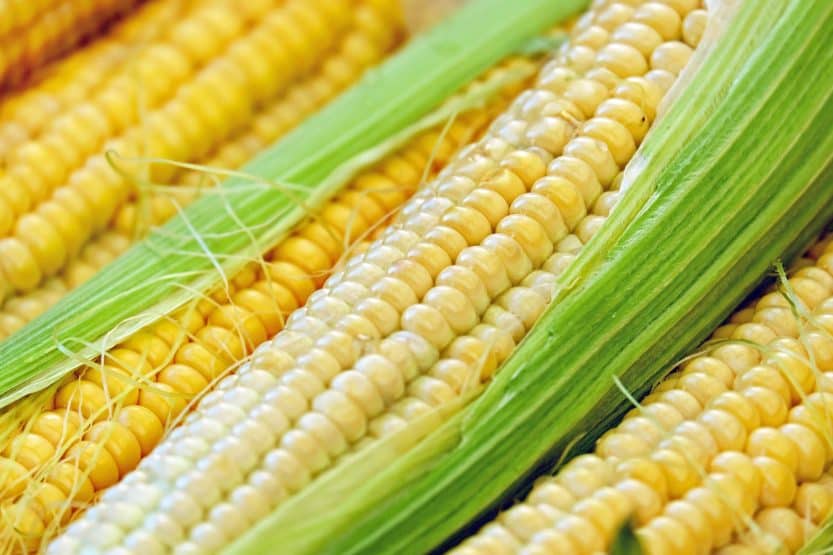
Corn is an iconic staple that flourishes when planted in June, especially in warmer regions. Growing your corn can be a fulfilling experience, bringing back memories of summer barbecues and fresh corn on the cob.
Growing Tips: Corn is best planted in blocks rather than long rows, as it requires cross-pollination for the best yield. Plant seeds directly into well-tilled soil that receives ample sunlight, ensuring a spacing of about 12 inches apart. Corn needs consistent watering, particularly during tassel production.
Harvesting: Sweet corn is typically ready to harvest when the silks start to brown, and the kernels are plump and milky when pierced. Enjoy it fresh for the best flavor!
Cucumbers
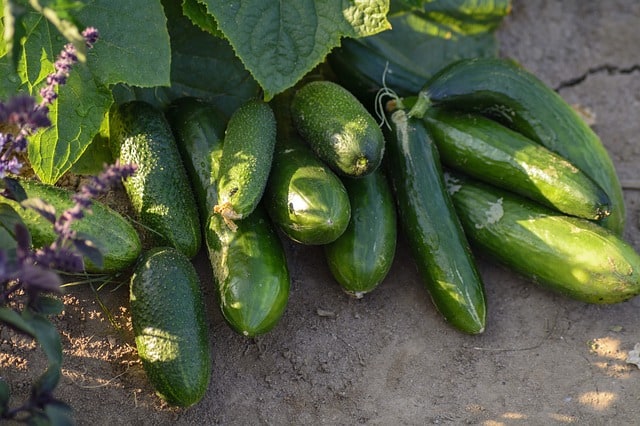
Cucumbers are a refreshing addition to any summer garden and are ideal for planting in June. They grow quickly and can be utilized in salads, sandwiches, or for pickling.
Growing Tips: Plant cucumber seeds in nutrient-rich, loose soil with a pH between 6.0 and 6.8. They prefer sunny locations and thrive with ample hydration. Consider using trellises for vining varieties to save space and improve air circulation around the plants.
Harvesting: Cucumbers are best picked when they are young and firm. Regular harvesting not only keeps the cucumbers tender but encourages more fruit production throughout the summer.
Sunflowers
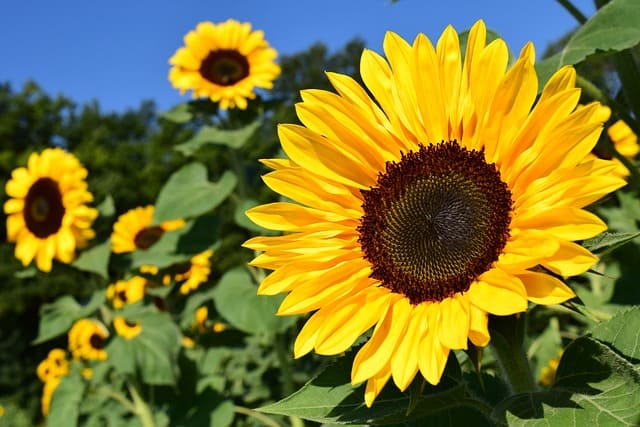
While often classified as ornamental, sunflowers yield beneficial seeds and can be planted alongside vegetables for a striking garden look. June offers an excellent opportunity to plant them, aligning their growth with the peak summer season.
Growing Tips: Choose a sunny location with well-drained soil to plant sunflower seeds. These hardy flowers thrive in neglect, making them low maintenance, but they do require regular watering during dry spells.
Harvesting: If you intend to harvest seeds, let the flower heads dry on the plant until the back turns brown. Cut the heads and hang them in a cool, dry place to finish curing before extracting the seeds.
Pumpkins
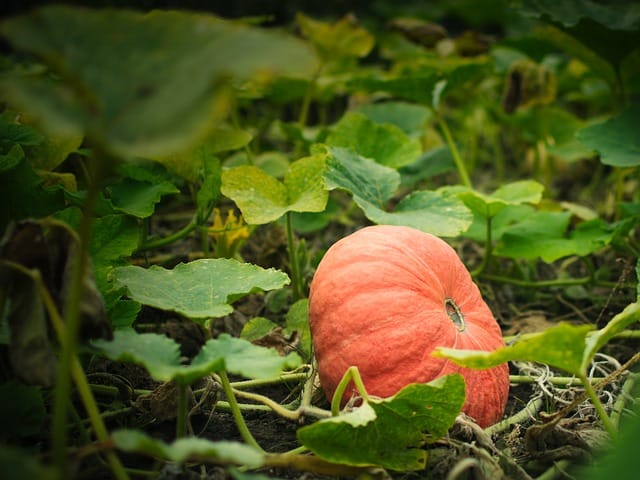
June is a fantastic time to plant pumpkins for an autumn harvest. These iconic fruits can be used for decoration, cooking, or making delicious pies.
Growing Tips: Select a sunny area with plenty of space for sprawling vines. Pumpkins require nutrient-dense soil and consistent watering, especially during flowering and fruit setting. Starting your seeds directly in the ground or transplanting seedlings from indoors both work well.
Harvesting: Most pumpkin varieties take 90 to 120 days to mature. You can tell they’re ready when the skin is firm and the color is vibrant, typically deep orange for traditional pumpkins.
Sweet Potatoes
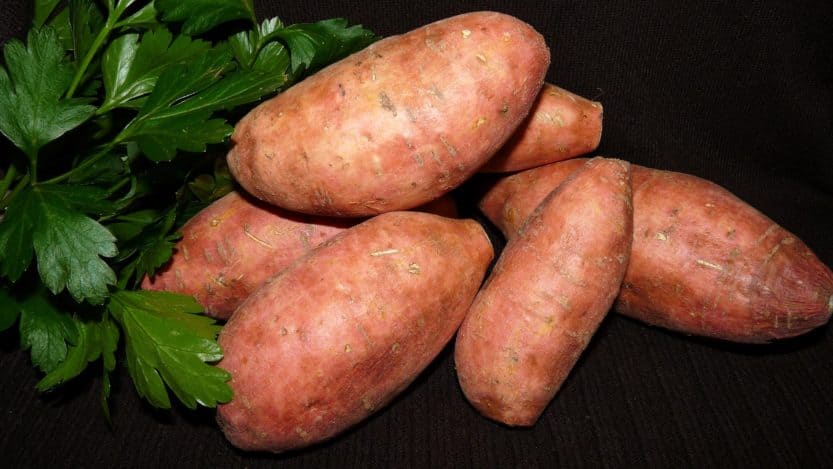
Sweet potatoes, with their rich flavor and nutritional benefits, thrive when planted in June. These tubers do best in warmer climates and need a longer growing season to produce bountiful yields.
Growing Tips: Sweet potatoes prefer sandy, well-drained soil enriched with organic matter. Start with slips (young plants) planted a few inches deep and spaced about 12 inches apart. They thrive with consistent moisture, though drought can enhance sweetness.
Harvesting: Pumped-up sweet potatoes are generally ready about 90 to 170 days after planting. Gently dig them up as the leaves begin to yellow, and cure them in a warm, humid environment to develop their sweetness.
Basil
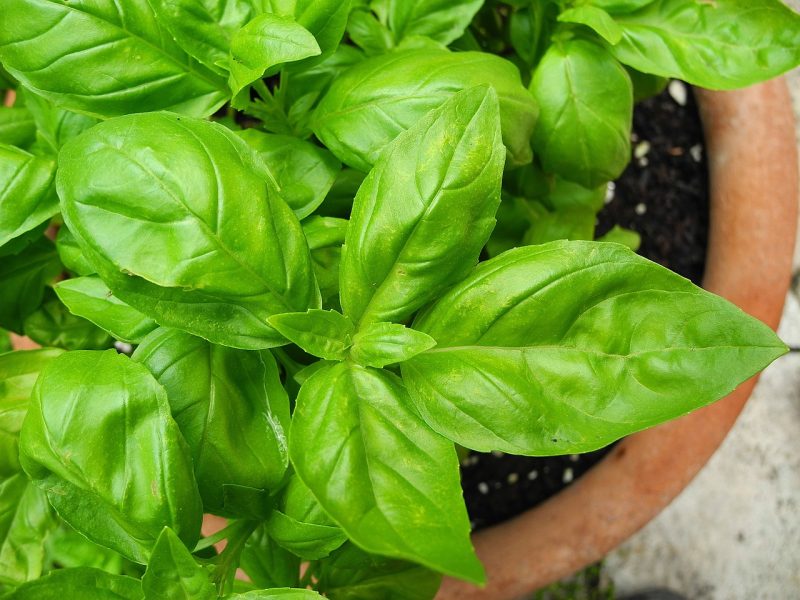
Basil is not only a delicious herb but also repels certain pests, making it a fantastic companion plant in June gardens. This fragrant herb is essential for various culinary dishes, particularly in Mediterranean cuisine.
Growing Tips: Basil loves warm weather and thrives in well-drained soil with good sunlight. You can start from seeds or transplant seedlings, ensuring they are spaced approximately 12 inches apart to allow airflow. Keep the soil slightly moist but avoid overwatering.
Harvesting: Harvest basil leaves regularly to encourage bushy growth. Pinch off the tips before the plant flowers to maintain flavor and vigor.
Eggplant
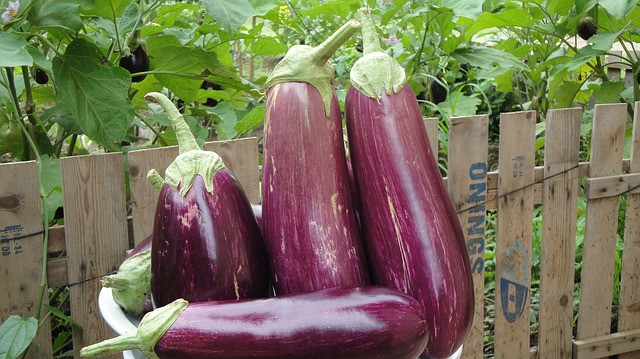
Eggplant thrives in the heat of summer and June is a prime time to establish these colorful and versatile vegetables in your garden. With a variety of shapes, sizes, and colors, eggplant can enhance any meal with its unique texture and taste.
Growing Tips: Start eggplants indoors or direct seed them after the last frost towards the end of June. They require rich soil, plenty of sunlight, and consistent moisture. Mulching helps retain soil moisture and decrease weed competition.
Harvesting: Eggplants are best harvested when they are glossy and firm. Use a sharp knife to cut them from the plant rather than pulling them, which could damage the plant.
Tomatoes
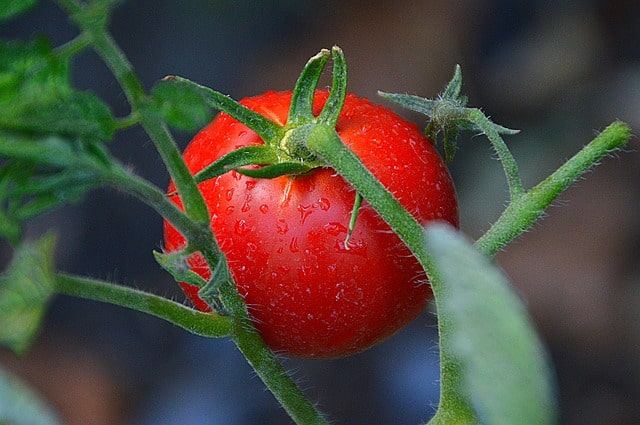
One of the most beloved garden vegetables, tomatoes are often a staple in summer gardens and can be planted in June for a late-summer harvest. Whether for juicy slices or savory sauces, tomatoes are incredibly versatile.
Growing Tips: Choose a sunny location with well-draining soil rich in organic matter. Tomatoes thrive on warmth, so don’t plant them until nighttime temperatures consistently stay above 55°F. Ensure a stake or cage for support as they grow.
Harvesting: Tomatoes can be harvested when they are deep in color, slightly soft, and have a pleasant aroma. Regular harvesting encourages more fruit to develop throughout the growing season.
Beans
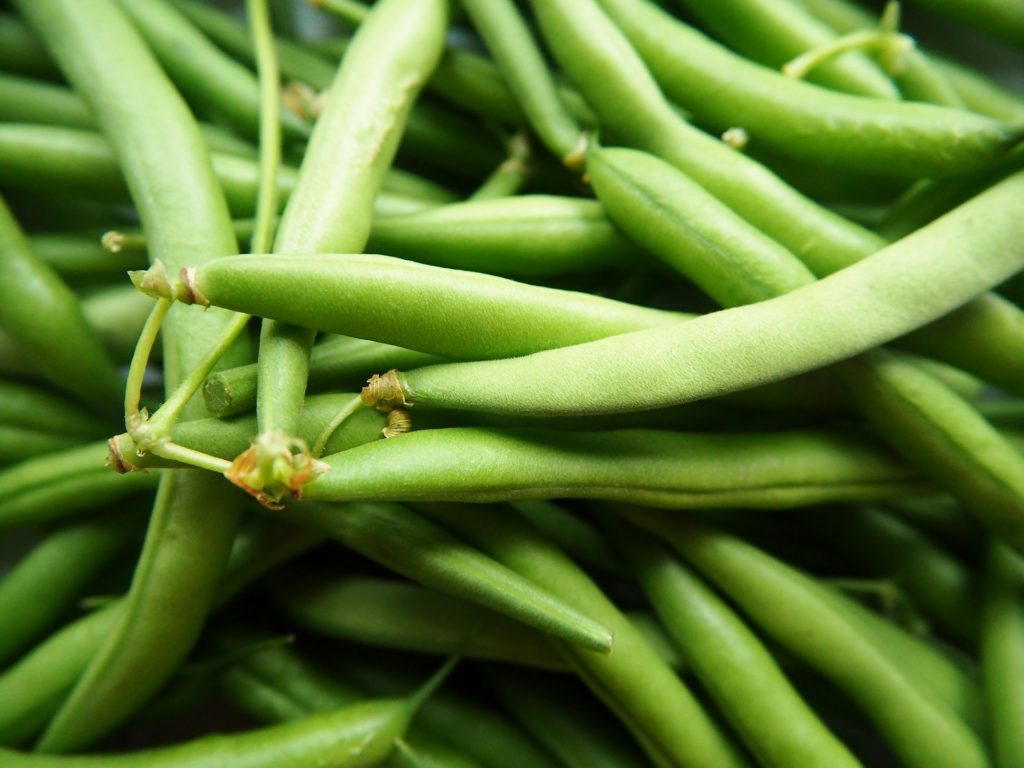
Beans are a fast-growing crop that adds nitrogen back into the soil, making them ideal for June planting. From green beans to heirloom varieties, there’s a bean for every palate and garden.
Growing Tips: Beans prefer well-draining soil with plenty of sun. They can be sown directly into the garden bed or started indoors. Space the seeds a few inches apart, and ensure they have a trellis or stakes to climb as they grow, particularly for pole beans.
Harvesting: It’s best to pick beans when they are young and tender, before they fully mature. Regular harvesting encourages higher yields, so be prepared to revisit your plants frequently.
Tomatillo
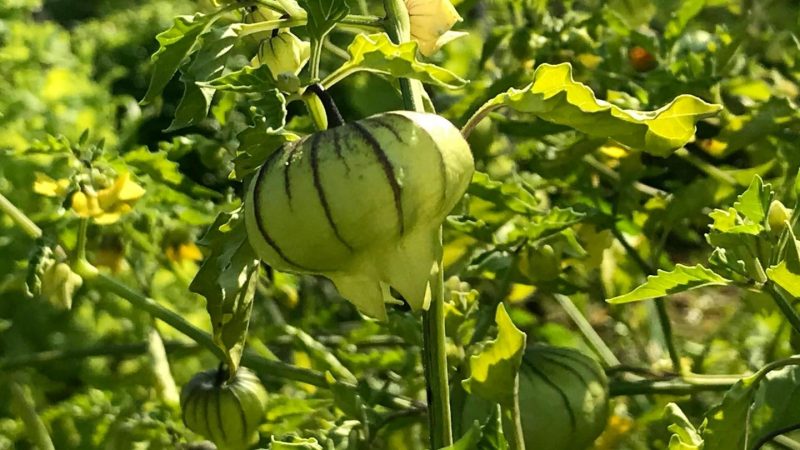
Tomatillos are the backbone of many salsa recipes and make a unique addition to the garden. This lively plant fruits well when planted in June, thriving in the summer heat.
Growing Tips: Tomatillos prefer full sun and thrive in well-drained, organic-rich soil. These plants need a little more space, so give them about two feet between plants. Keep the soil consistently moist and consider using a cage for support.
Harvesting: Tomatillos are ready to harvest when the husk begins to split, revealing the fruit. These green gems are best enjoyed fresh in salsas or cooked in various dishes.
Ground Cherries

Ground cherries, small sweet fruits encased in papery husks, are a delightful garden addition. Their growth in June allows for harvesting by late summer, providing flavorful surprises just as summer fruit begins to wane.
Growing Tips: Start ground cherries indoors or directly sow them in rich, well-drained soil after the frost. They need full sunlight, moderate moisture, and ideally, some support as they begin to grow.
Harvesting: Ground cherries fall to the ground when ripe, signaled by their bright color and soft texture. Collect them from the ground, and enjoy the sweet taste of summer!
Malabar Spinach
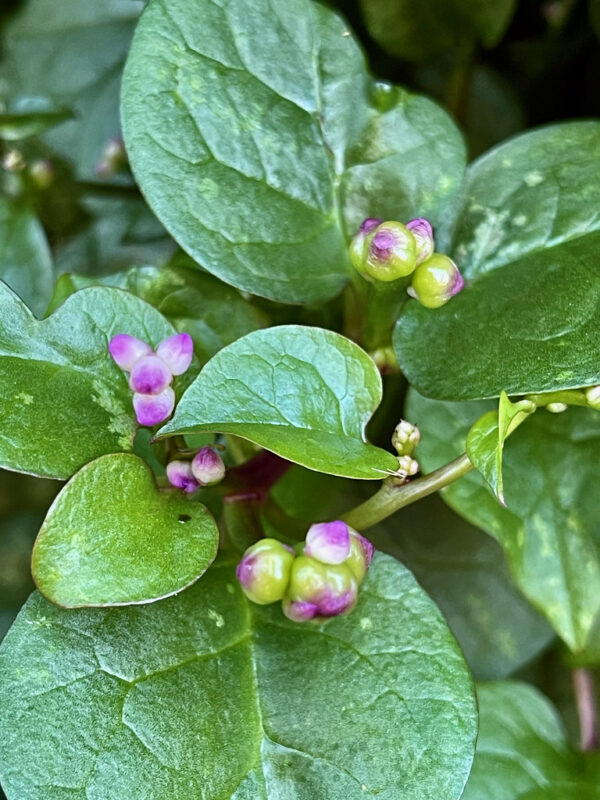
Malabar spinach is an intriguing plant that thrives in the warm temperatures of June. Not a true spinach, but rather a climbing vine, it provides lush leaves ideal for salads and stir-fries.
Growing Tips: Plant it in rich, well-draining soil with plenty of sunlight. Malabar spinach prefers warmer temperatures, so it’s essential to wait until the last frost has passed. Offer sturdy support for the climbing vines.
Harvesting: Leaves can be harvested throughout the growing season, especially when they are young and tender. Regular picking encourages continuous growth.
Beets
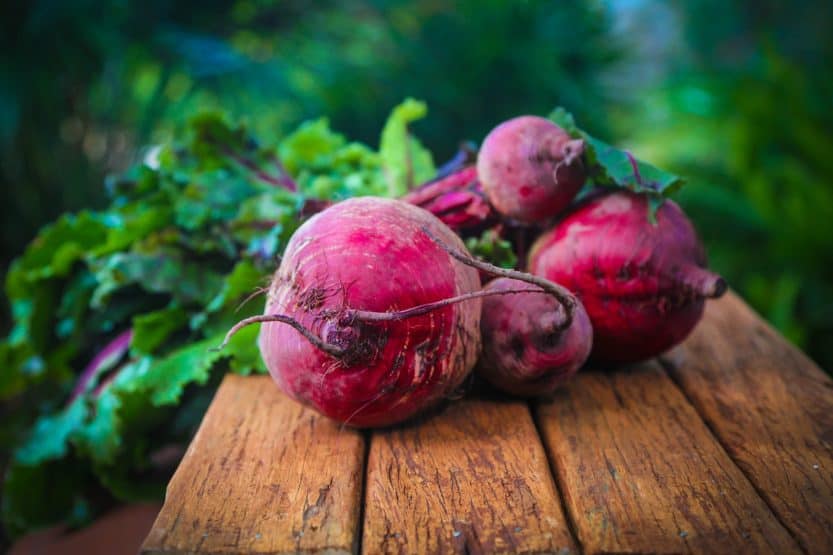
For those who enjoy earthy flavors and beautiful color in their garden, beets are an excellent choice for June planting. These hardy roots thrive in summer gardens and can be eaten fresh or pickled.
Growing Tips: Beets prefer well-draining soil rich in organic matter and thrive in cooler temperatures. Sow seeds directly and keep the soil consistently moist. Be mindful not to overcrowd as they need space to grow.
Harvesting: Beets can be harvested when they reach about one to three inches in diameter, depending on your taste preferences. The greens are also edible and quite nutritious, so don’t toss them!
Chard

Swiss chard is a vibrant leafy green that can easily tolerate summer heat, and June is an excellent time to plant. With its stunning colors and tender leaves, chard adds beauty and nutrition to your plate.
Growing Tips: Chard prefers well-draining, fertile soil and thrives in full sunlight. It grows quickly, so you can start planting seed directly in your garden bed. Keep the soil moist, especially in hot weather.
Harvesting: Chard can be harvested once the leaves are large enough, typically within four to six weeks of planting. Cut the outer leaves while allowing the inner leaves to continue growing for a longer harvest window.
Collard Greens

Collard greens are a hardy green that can be planted in June. They grow quickly and provide nutritious greens rich in vitamins A and C, sure to brighten up your summer meals.
Growing Tips: Collards thrive best in well-drained soil with plenty of organic matter. They favor cooler temperatures, so while they are planted in June, selective watering can help manage heat stress.
Harvesting: Collard greens can be harvested as soon as leaves are large enough to eat. You can snip the outer leaves, allowing the inner ones to grow on for a continual harvest throughout the summer.


